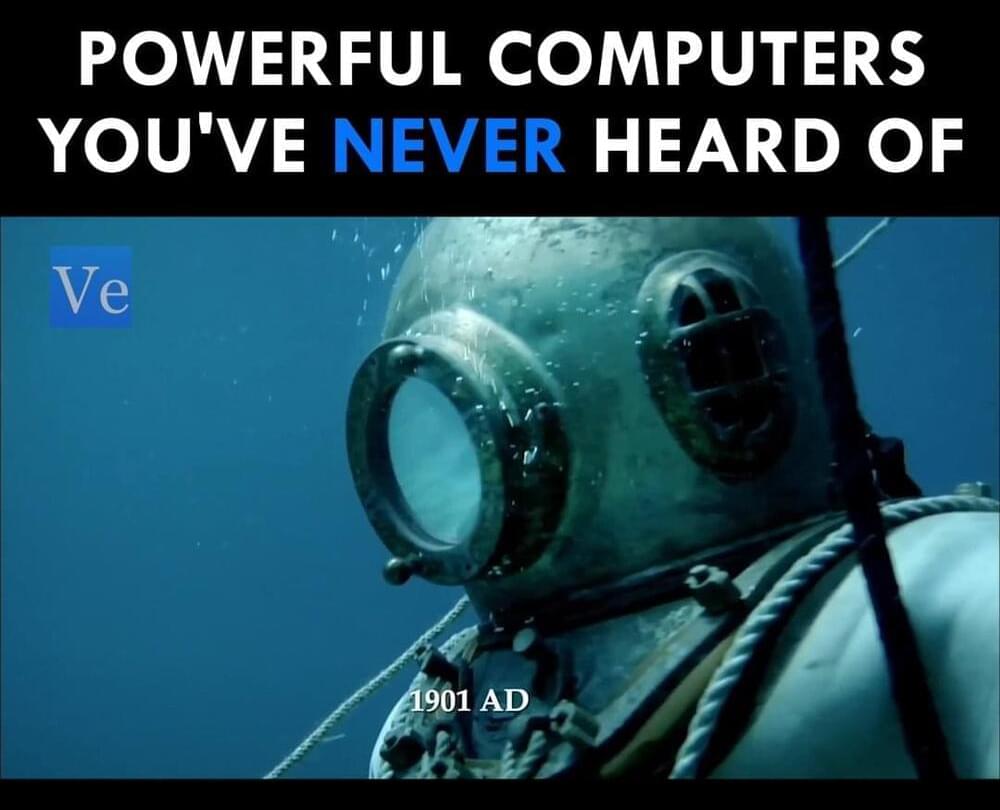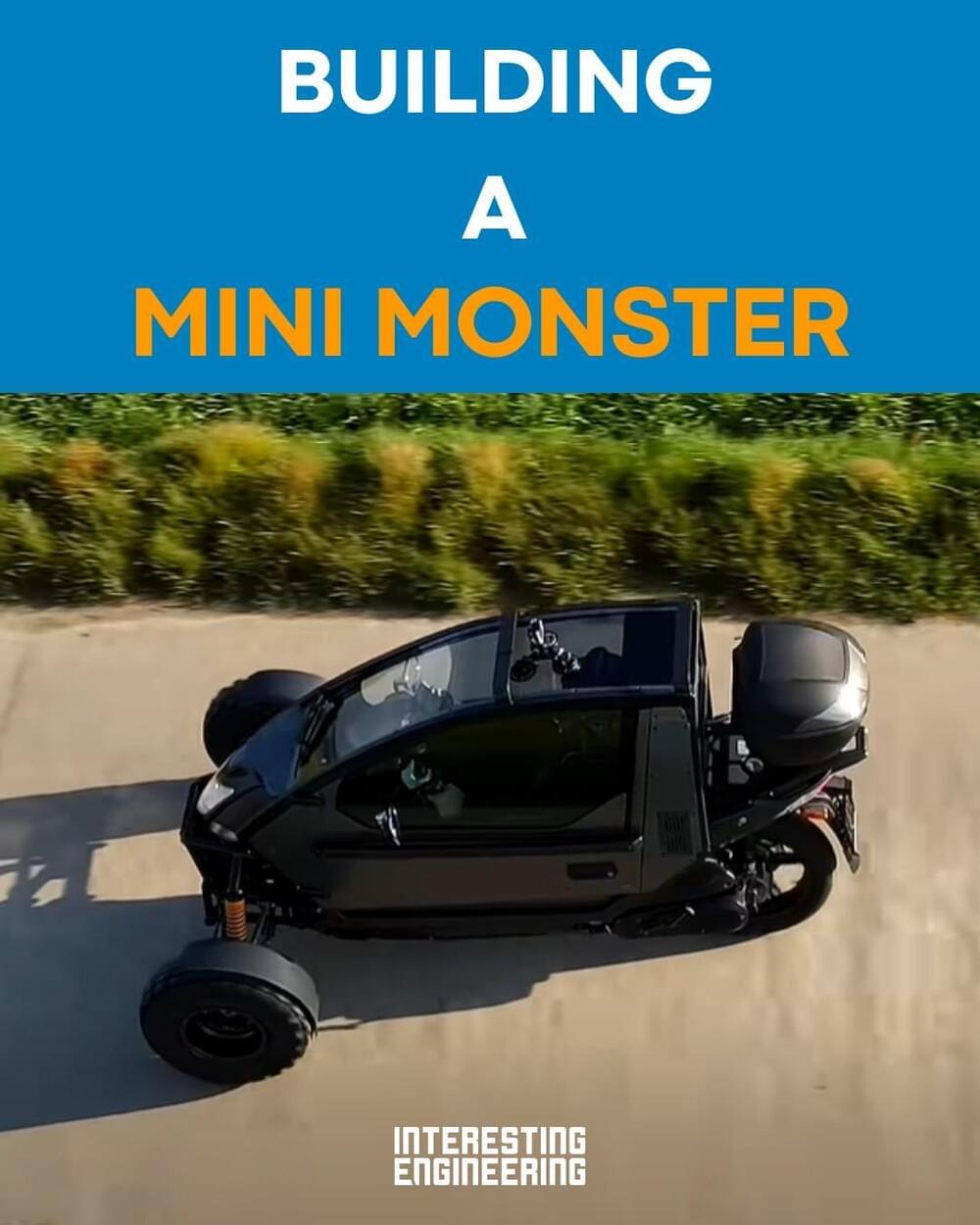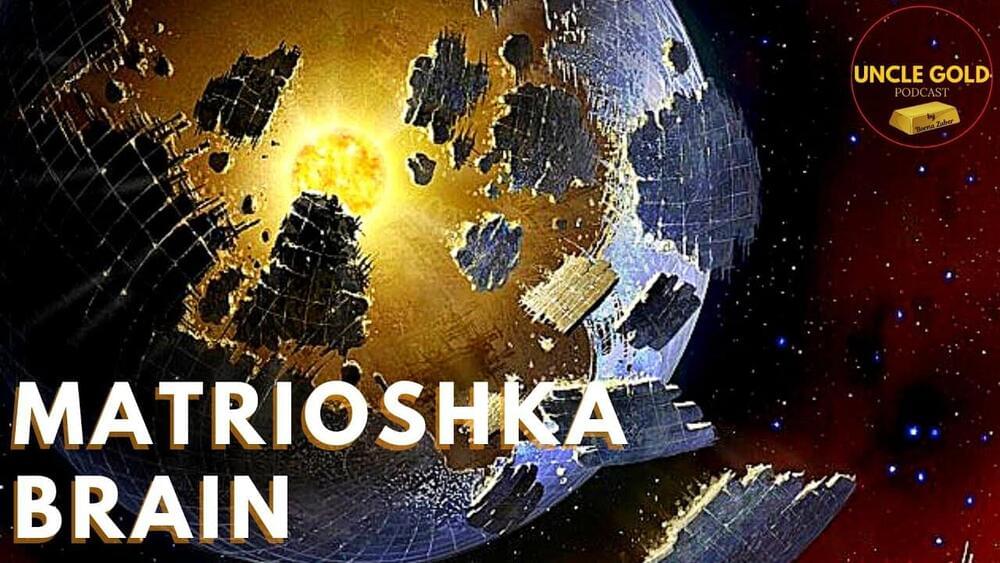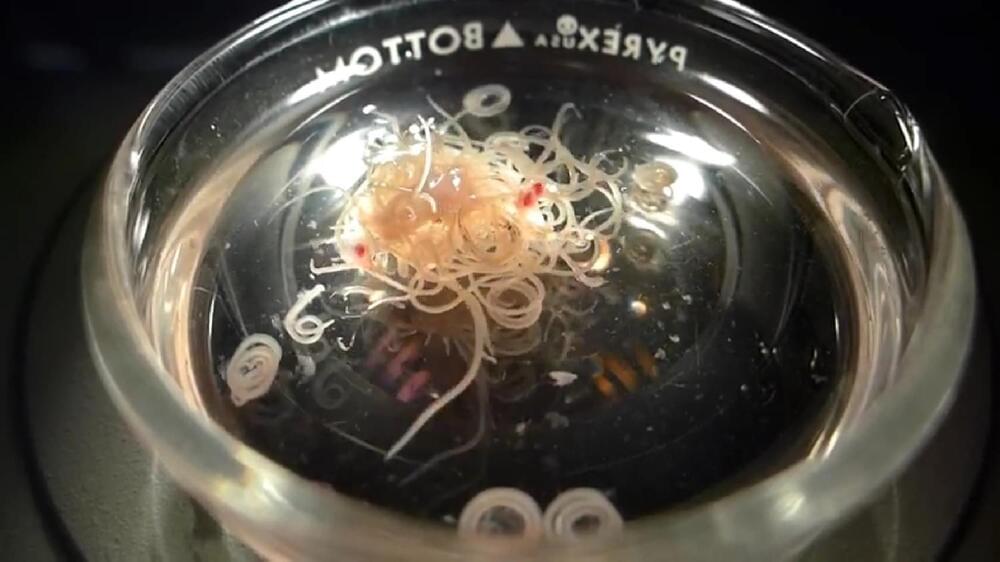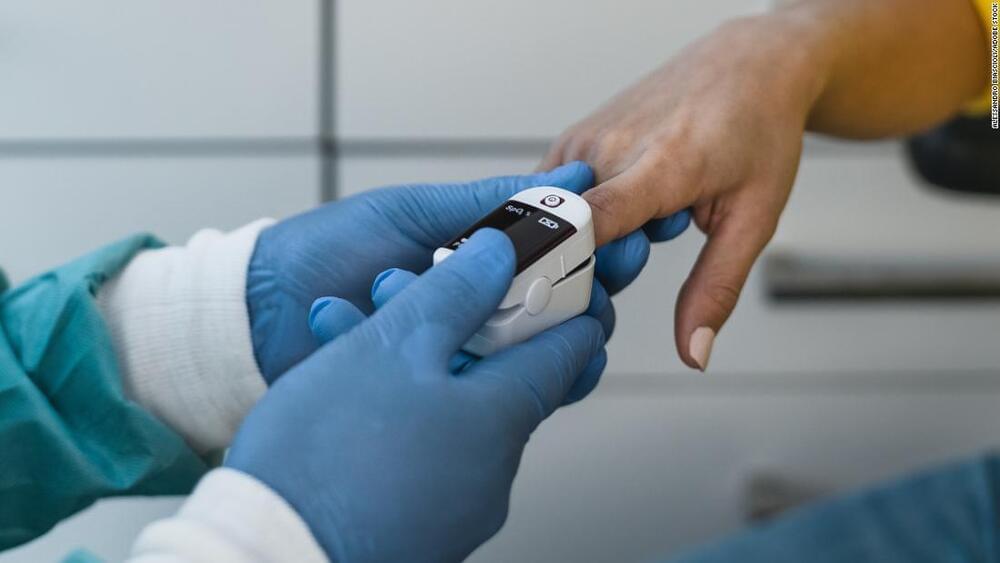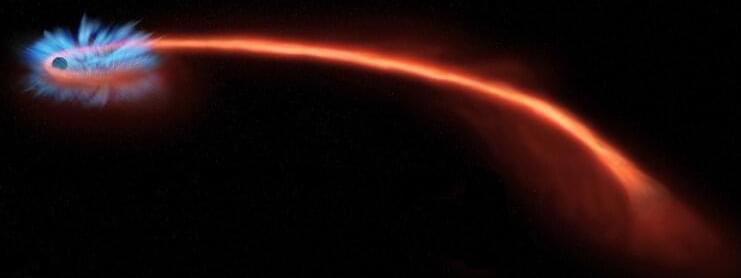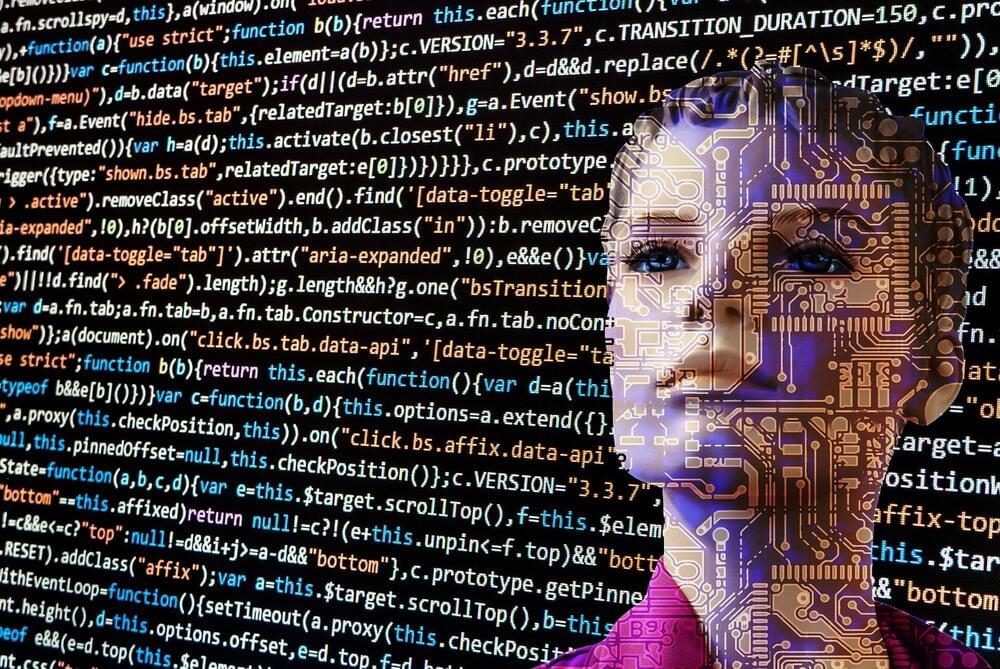Jul 12, 2022
Cells To Silicon: Your Brain In 2050
Posted by Dan Breeden in categories: computing, neuroscience
At present, our brains are mostly dependent on all the stuff below the neck to turn thought into action. But advances in neuroscience are making it easier than ever to hook machines up to minds. See neuroscientists John Donoghue and Sheila Nirenberg, computer scientist Michel Maharbiz, and psychologist Gary Marcus discuss the cutting edge of brain-machine interactions in “Cells to Silicon: Your Brain in 2050,” part of the Big Ideas series at the 2014 World Science Festival.
This program is part of the Big Ideas Series, made possible with support from the John Templeton Foundation.
